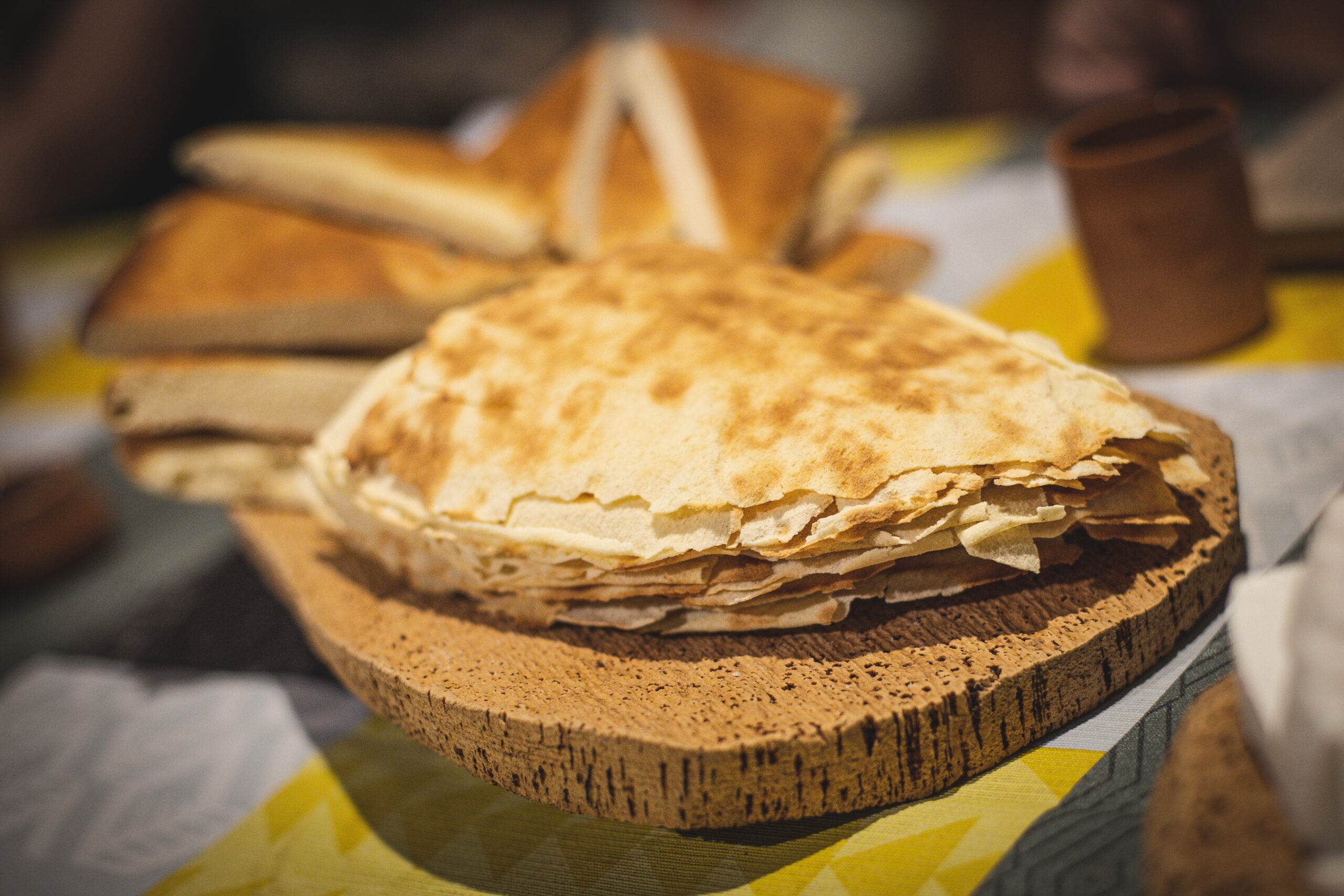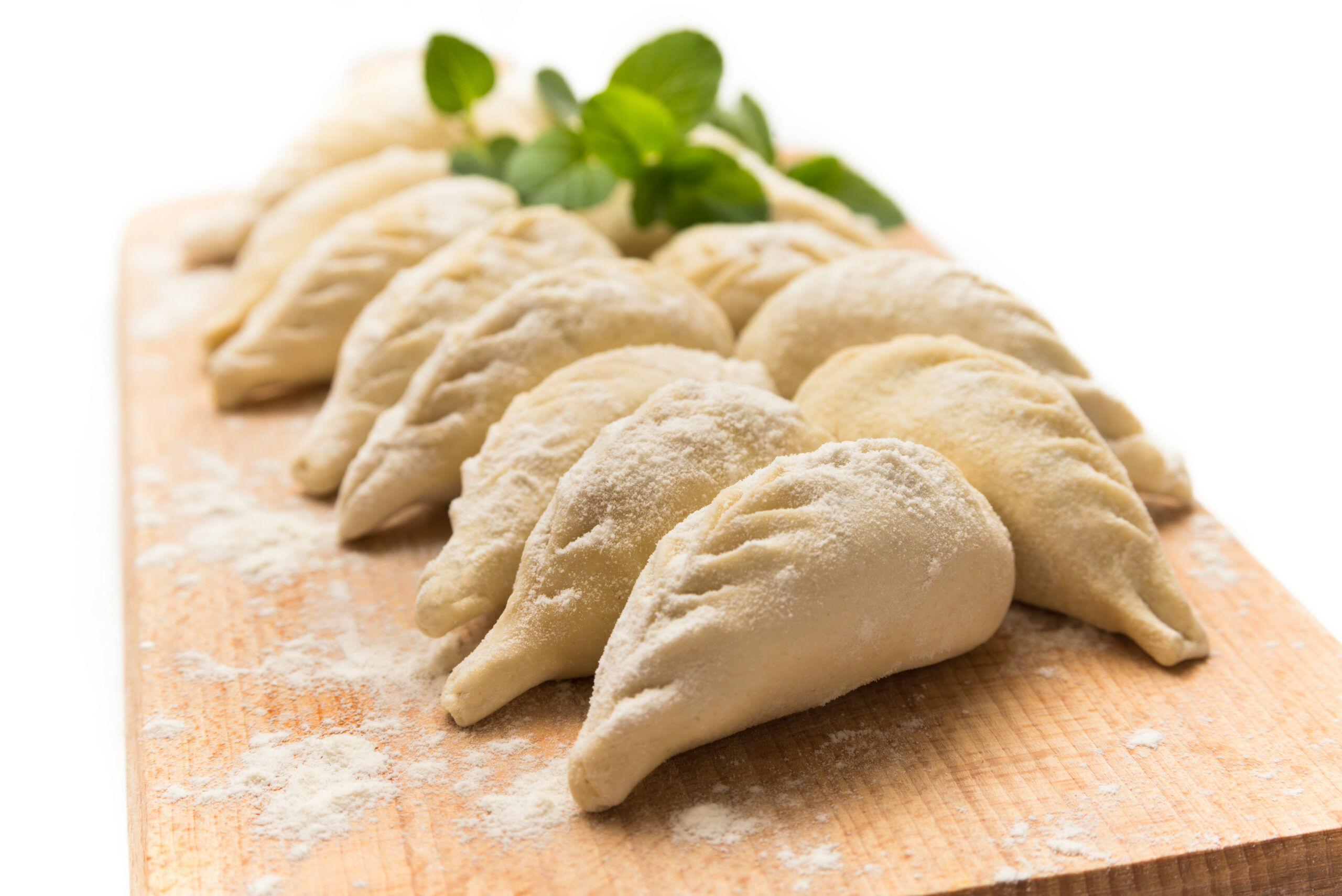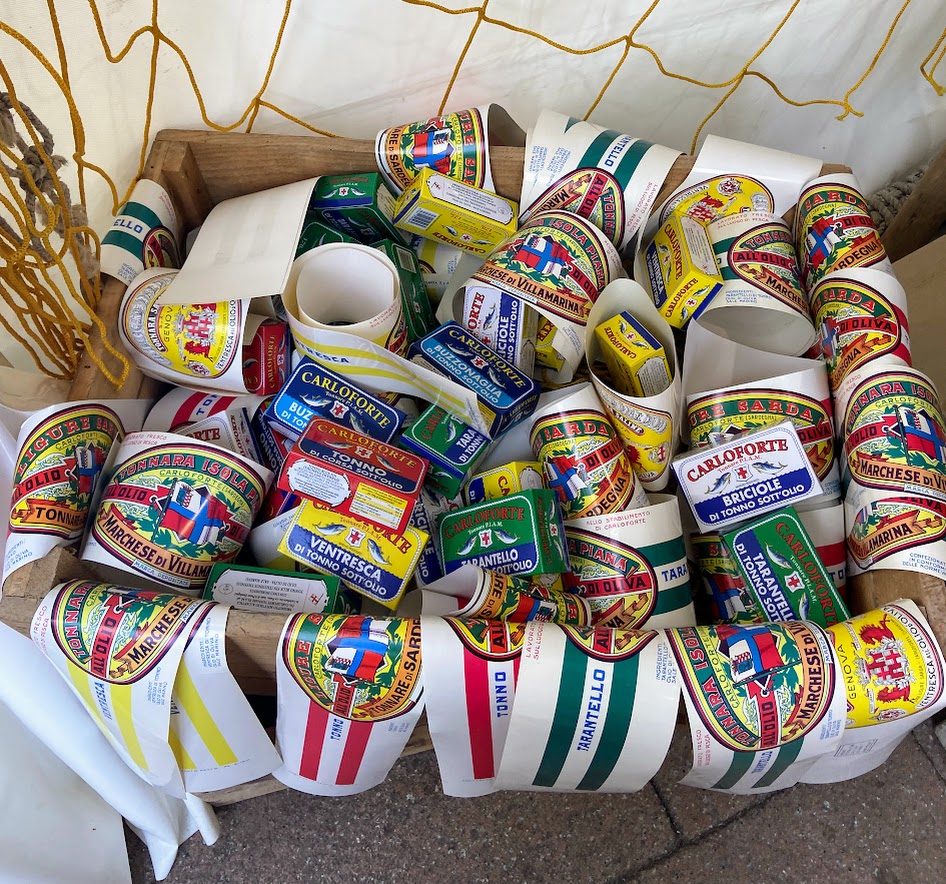
Pane Carasau and Guttiau
Pane Carasau and Guttiau. Probably the most typical delicacy of the Sardinian cuisine is the bread, called pane Carasau or pane Guttiau. These paper thin slices are usually served as mise en place in restaurants, bars and agritourisms, and even at home they are considered one of the main traiditional recipes, the important part of the side dishes or aperitifs. The archaeologists place the origins of this special bread long before year 1000 BC. Some recent theories have started to consider it a traditional food of local herdsmen. The name of this symbolic meal, that shortly spread into all parts of the island, derives from the verb „carasare“, which means roast. This typical bread has a circular shape and a very thin form. There exist several exceptions, though. In some parts of Barbagia, namely in Orgosolo, Ovodda and Gavoi, you can find round as well as squared shapes. The secret of carasau, which helps to ensure truly crispy and crunchy bread, is double baking. It proved very convenient for long-time storage and thus one of the reasons why it served herdsmen so well during their long journeys from the mountain pasturages to the plains in the valley. The process of baking pane guttiau, which is getting more and more popular lately, is practically the same but for the very last step in which it is richly seasoned with olive oil, salt and herbs, mostly rosemary. You can often find pane guttiau even as snacks in the form of small chips. Even though pane carasau and pane guttiau is served mainly as a side dish, it has found its place even as a part of warm dishes. The most famous recipe is pane frattau, modest dish prepared with pane carasau moistened in sheep broth and layered with tomato sauce, grated pecorino cheese and a poached egg. You may find it useful as an ingredient instead of pasta in lasagna or rolls of diverse recipes. The unique taste, the lightness of the dough and the size of the typical Sardinian bread vary according to the different methods of preparation and baking. The whole process is called „Sa Cotta“ and families typically share it over generations and centuries. The first stage, called “S’Inhurta”, is usually introduced before sunrise, when yeast dissolved in warm water is mixed with sifted flour, and then kneaded in wooden necks or ceramic bowls. The second phase – “Cariare“ or „Hariare” is the most physically challenging but also the most fundamental for the final result. Gradually adding water, in a reasonable amount, you create a smooth dough, kneaded with a considerable amount of energy, flattened and expanded with the pressure of the fist. During rising, i. e. the third phase called “Pesare”, the dough is then left to rest in ceramic bowls or on cork plates, covered with woollen cloths. In the fourth phase, called “Orire“ or „Sestare”, the dough is divided into equal-sized and rounded pieces, which are floured and left to rest and rise wrapped in woollen or linen cloth. Once the dough has risen enough, the fifth phase called “Illadare” comes, during which the dough is kneaded, with the help of small wooden rollers, flour is added and, with skilful movements of the fingertips, it is stretched and flattened to the desired size. The finished bread layers are then placed on long woollen cloths, which proved to be very useful for handling during baking. Finally, the first phase of baking comes, the so-called „Cochere“. In the oven heated to 450-500 °C, the coals of oak or olive wood are moved to the side, the surface is swept with a special broom and the bread layers are placed in the oven using a rounded spatula. It is he high temperature that is the key for the preparation of Carasau. The dough will almost instantly puff up into a hemisphere and the air inside will cause both layers to split in half. Using a knife, the hemisphere is then pierced and divided into two equal discs, with a smooth surface on one side and a rough surface on the other. The split phase is called „Fresare“ or „Calpire“. After the first baking, you have the so-called Pane lentu – soft and flexible bread that can be consumed immediately, but is not suitable for long-term storage. The baked rounds are stacked in baskets and the final stage comes, the second stage of baking called „Carasare“, which gives the bread its typical crunchiness. One disk after another are stacked in the oven, where they are baked until golden and then wrapped into special materials, on which weights are placed, which adds even more weight and pressure to the bread. This last step is different when preparing Pane Carasau or Pane Guttiau. Before the second baking, pane guttiau is first drizzled with a generous layer of olive oil, only then placed in a hot oven and finally generously salted.





